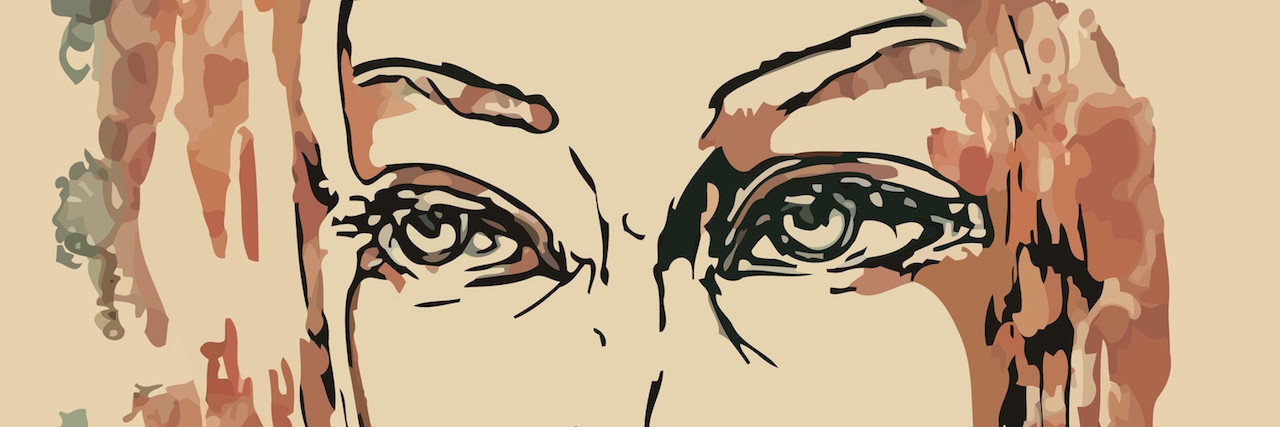When Darkness Lost Its Voice
I’ve struggled with suicidal thoughts since I was 15 or 16.
I still don’t know how or why it began.
That moment marked the start of an invisible war within me—
a quiet, persistent pain that no one could see.
From the outside, everything seemed fine.
But on the inside, I was drowning in something I couldn’t explain.
Those thoughts lingered for years, always in the background,
whispering in moments of weakness,
trying to surface when I was most vulnerable.
I tried twice to leave this world. I didn’t succeed.
And whether that was unfortunate or fortunate, I don’t know.
But I’ve carried the weight of depression, anxiety, and a deep sense of worthlessness ever since.
There were times when the idea of “peace”
felt like the only way to end a pain I couldn’t name.
Even though life around me was "normal,"
my mind remained a dark, relentless storm.
I remember once, someone told me,
“If you really wanted to die, you would have succeeded.”
At the time, I felt rage—
how could they say that? They had no idea.
No idea what it’s like to wake up every day
battling a voice that tells you you don’t belong.
But looking back, maybe they were partially right.
Because deep down, I didn’t want to die—
I just wanted the pain to stop.
Over the years, I tried to heal in different ways.
There were still moments when that thought crept back in,
always lurking,
waiting for an opening.
And I kept asking myself:
Why do I feel this way?
What am I running from?
Why is it always dark?
Later, I learned my mother had suffered from severe depression and bipolar disorder.
And something about knowing that helped.
It wasn’t all my fault.
Maybe my brain was wired this way.
Maybe this was more than just me being "weak."
That realization gave me space to breathe.
And somehow, after all these years—
I don’t know how or when—
something shifted.
It wasn’t a loud change.
It was a quiet, sudden click.
One day, I simply thought:
I don’t want to die anymore.
I want to live.
I want to see more.
I want to feel the light.
And slowly—bit by bit—
the light began to shine through the cracks of my broken mind.
The thoughts that haunted me for so long?
They’re gone now.
And I don’t know how I survived… but I did.
I wish I could show others the way out—
but I know healing is personal.
It’s a fight that only you can face.
Still, if you’re reading this,
if you’re still here,
then please believe this:
There is still a crack in the darkness.
And through that crack,
a light is waiting to shine.
“This is something I’ve carried for a long time. I’m not sharing for sympathy—I’m sharing because I know someone else might need to know they’re not alone.”
#MentalHealth #DepressiveDisorders #SuicidalThoughts #SuicideAttemptSurvivors






